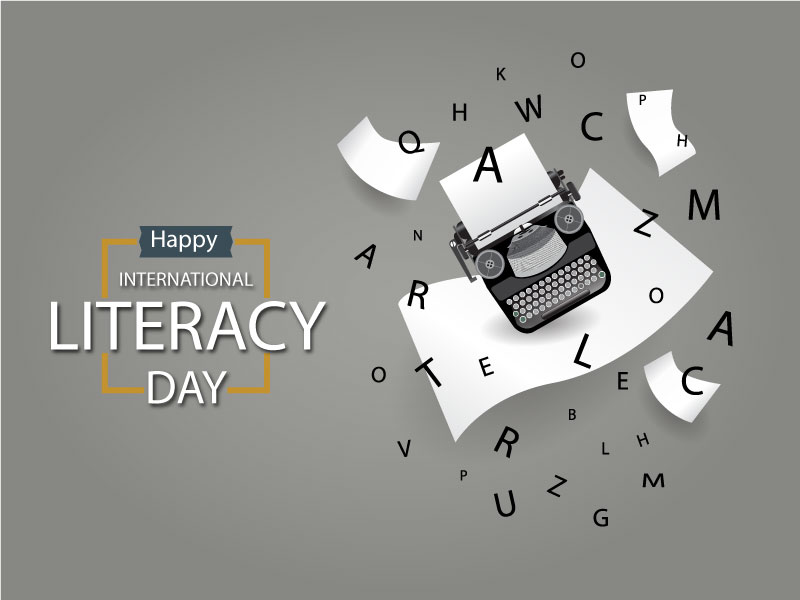International Literacy Day (ILD), which is observed on September 8 every year, was proclaimed at the 14th session of United Nations Educational, Scientific and Cultural Organization’s (UNESCO) General Conference on October 26, 1966. The day is observed around the world to remind the public of the importance of literacy due to dignity and human rights. The objective of this day is spread awareness and create a more literate and sustainable society. Although a lot of progress has been made, literacy challenges still persist.
 On the occasion of the International Literacy Day 2019, Audrey Azoulay, Director General of UNESCO, shared a message on the official website, “Our world is rich and diverse with about 7,000 living languages. These languages are instruments for communication, engagement in lifelong learning, and participation in society and the world of work. They are also closely linked with distinctive identities, cultures, worldviews, and knowledge systems. Embracing linguistic diversity in education and literacy development is therefore a key part of developing inclusive societies that respect “diversity” and “difference”, upholding human dignity.”
On the occasion of the International Literacy Day 2019, Audrey Azoulay, Director General of UNESCO, shared a message on the official website, “Our world is rich and diverse with about 7,000 living languages. These languages are instruments for communication, engagement in lifelong learning, and participation in society and the world of work. They are also closely linked with distinctive identities, cultures, worldviews, and knowledge systems. Embracing linguistic diversity in education and literacy development is therefore a key part of developing inclusive societies that respect “diversity” and “difference”, upholding human dignity.”
Writers such as Margaret Atwood, Paulo Coelho, Amitav Ghosh, and many more are supporting UNESCO through the Writers for Literacy Initiative. Organisations such as Global Development Research Center, Montblanc, the National Institute for Literacy, and Rotary International are also supporters of UNESCO‘s ILD.
The theme for International Literacy Day 2019 is : Literacy and multilingualism. As per the website, “Embracing linguistic diversity in education and literacy development is central to addressing these literacy challenges and to achieving the Sustainable Development Goals.” It further added that the main characteristics of multilingualism in today’s digitalised world will be discussed on this day along with the implications for literacy in policies and practice to achieve greater inclusion in multilingual contexts.
As per government statistics, as of 2011, India’s literacy rate is at 74.04 percent. Kerala being the most literate state with 93.91 percent rate and Bihar being the least with a rate of 63.82 percent. Though the government has passed a law that every child under 14 years of age should get free education, illiteracy is still a huge problem. According to the 2011 Census, there’s been a mere 14 percent increase in the literacy rate since 2001. The female literacy level is at 65.46 percent while it is 80 percent for males. India, being the second most populous country in the world, the literacy rate is still not impressive. Especially, rural areas lack awareness and education infrastructure. There’s still a long way to go.
Posted in International, News























